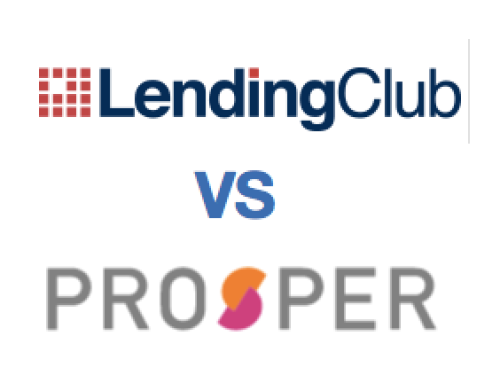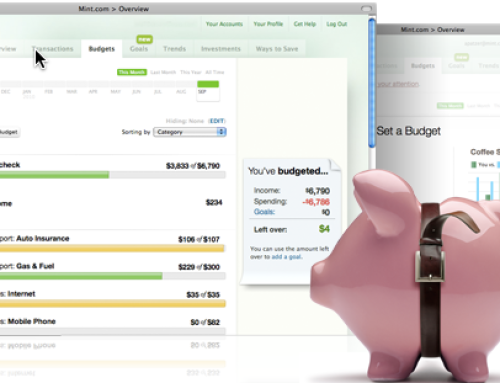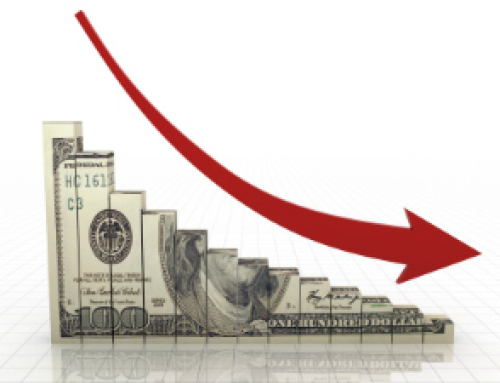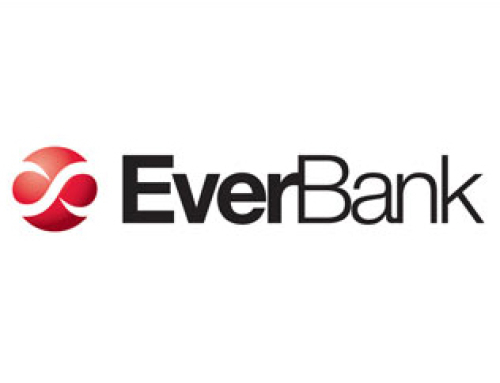By Franklin Ross, CEO of Knowyourbank.com
The stress test results were released yesterday by the Board of Governors of the Federal Reserve System. The results have been met by much discussion, especially focused on those bank holding companies who failed the Stress Test. As a result of this discussion, ordinary people who do not have the time to spend studying the Stress Test results or the topic of bank liquidity have become a part of a dirty game of telephone, where the whispers are of Citibank failing or being taken over. An example of this is that this afternoon I ran into a women who asked me what it is I do, I said that I had founded a website focused on bringing better banking information to consumers and she said: “I just heard that Citibank is going to be bought or is going to be taken over because they failed that test.” This in fact is a sad aftershock of the Stress Test results, people are being misled and confused.
The truth is that Citigroup did not fail the Stress Test based on its current state today but rather because of its “future” capital plans (this includes whatever its dividend or buyback plans were and that it released to the Federal Reserve as part of the Stress Test). If Citigroup were not to pay a higher dividend or buyback stock they would in fact have passed the stress test (Instead of a Tier 1 Common Capital Ratio of 4.9% it would have been 5.9% and passed the 5% threshold, and instead of a Tier 1 Leverage Ratio of 2.9% it would have had a Tier 1 Leverage Ratio of 3.2% and passed the 3% threshold(1)). Citigroup is not being taken over by the government tomorrow or being bought tomorrow (I don’t know what the future holds). Citigroup in fact is a relatively strong bank and if we were to measure it against Bank of America and JPMorgan in another category it would actual come out on top, this category being the total amount of Credit Default Swap protection sold and purchased.
I do not have the exact information on how the Federal Reserve measured counter party risk or how deeply the testing of counter party risk was administered but I know that purely by the numbers Citigroup has far less total Sold CDS Protection (Credit Default Swaps) $1.427 trillion and far more Purchased CDS Protection ($1.505 Trillion) relative to its Sold CDS position compared to JPMorgan which has the most Sold CDS Protection at $2.841 Trillion and Purchased CDS Protection of $2.827 Trillion and Bank Of America which has Sold CDS Protection of $2.330 Trillion and Purchased CDS Protection of $2.336 Trillion (The amounts of CDS are from the most recent FDIC Reports 12/31/11, you can also check the numbers by going to Citi’s Bank Financials and click on the credit default swaps tab). The most important thing to gather from the above sentence is that in terms of systemic risk JPMorgan or Bank of America is much more vulnerable than Citibank based on the information released to the public. Now if these banks chose to be transparent and gave us the underlying counter parties to their CDS and not just a blanket value than that statement could be proven wrong, and I would suggest to the Federal Reserve that is exactly what should be done. We, as citizens of this country (USA) deserve transparency so that we may know what the real systemic risk is of each of these massive banks.
I believe that the government is duty bound to make banks CDS positions and financials more transparent. When transparency is brought to banking financials the better the economy will do, people will not be scared by fear of systemic risk or that Citibank will be taken over, but rather mad that JPMorgan just raised its dividend and is looking to buy back $15 billion worth of stock when it needs to be adding to its equity capital because of the risk of its Sold CDS position.
Footnote: http://www.federalreserve.gov/newsevents/press/bcreg/bcreg20120313a1.pdf – pg. 24













Follow Us